Fake treasure finds that fooled the world
Famous hoaxes that fooled many

The Cardiff Giant
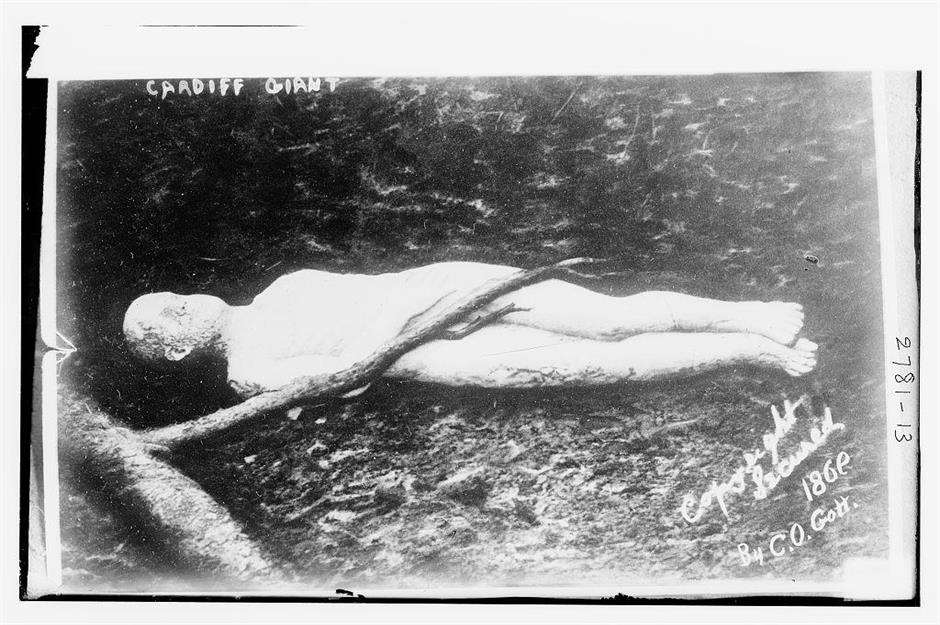
The Cardiff Giant was found by two labourers on the farm of William Newell in the Cardiff area of New York in 1869. It was claimed that this 10-foot figure was the petrified remains of a man who was possibly an ancient predecessor of the Onondaga people. Thousands flocked from miles around to see what some thought was proof of an ancient race from the Book of Genesis, and paid 50 cents for the privilege, the equivalent of $9.50 (£7.20) in today's money.
The Cardiff Giant
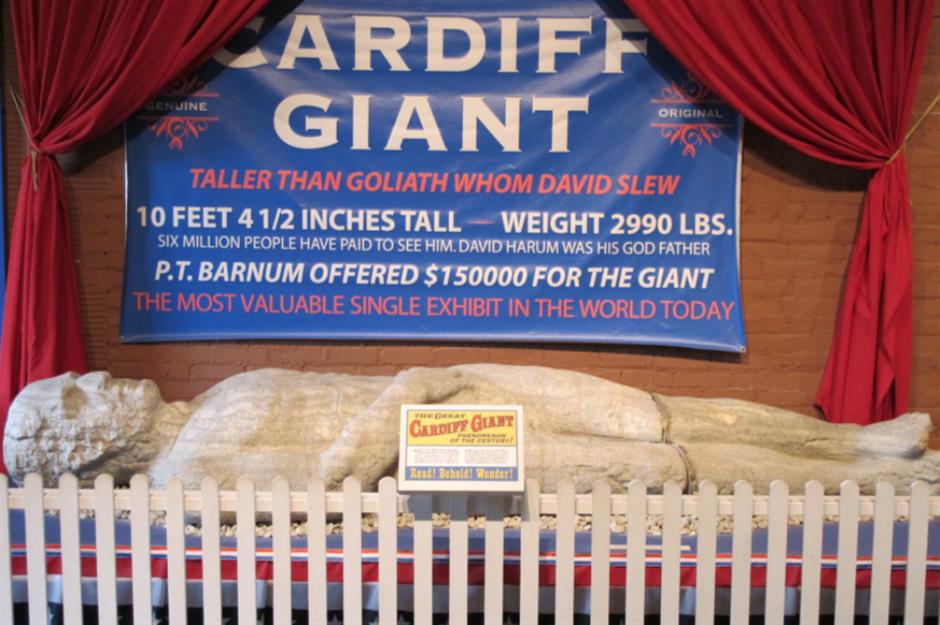
The great furore around the giant meant that it was eventually sold to some businessmen and sent on tour. Some were sceptical about the veracity of the giant, although its popularity undeniably benefited from the religious fervour at the time. However, months later, Newell's cousin, George Hull, confessed the giant wasn't real. An atheist, he had created the hoax with help from Newell to prove a point about the relationship between faith and science. The Cardiff Giant has been on show at The Farmers' Museum in Cooperstown since 1947.
Tiara of Saitaphernes
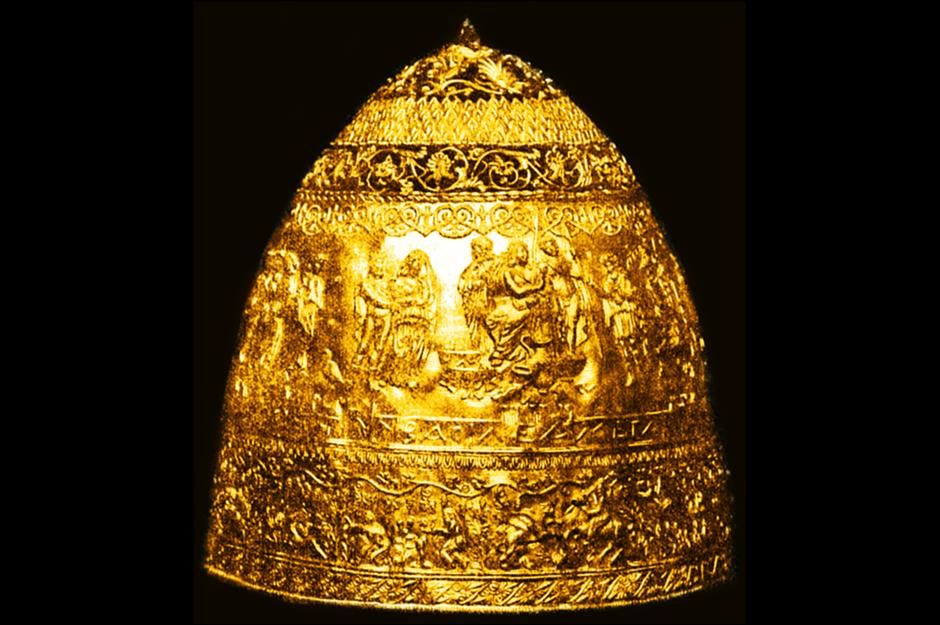
The Tiara of Saitaphernes was acquired by the Louvre in 1896. Experts claimed the crown was a gift from Olbia, a Greek colony in what is now Ukraine, to the 3rd century BC Scythian king Saitaphernes. At the time, Greek and Scythian artwork from Russia was highly sought-after across Europe. But while the British Museum and the Imperial Court Museum in Vienna both passed on buying the treasure, the Paris-based museum had no qualms about snapping it up for 200,000 French francs.
Tiara of Saitaphernes
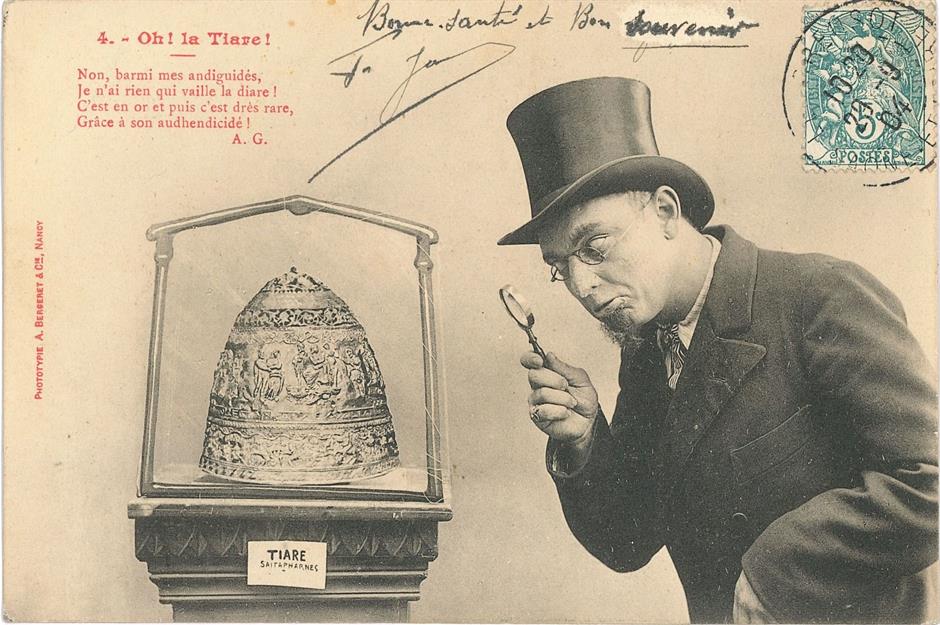
In 1903, Israel Rouchomovsky, a goldsmith from Odessa, near where it was found, was brought to Paris. He claimed he had been tricked into making the tiara, which features scenes from The Iliad. The Louvre stood its ground but was forced to admit its experts had been duped after Rouchomovsky proved that he had made it, even highlighting the books he had referred to. The Louvre still owns the crown, although it's no longer on general display.
Piltdown Man
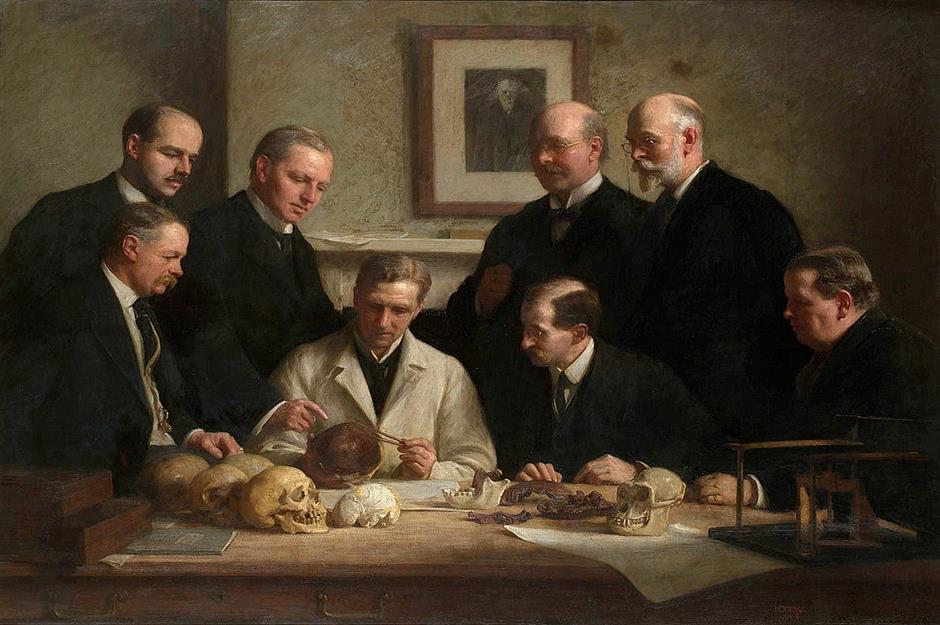
Amateur archaeologist Charles Dawson (pictured third left in the back row of this painting by John Cooke), found what he claimed to be the "missing link" between ape and man in 1912. He contacted Arthur Smith Woodward, the then-keeper of geology at the Natural History Museum in London, about the piece of human-like skull and the pair worked together to locate further fragments in gravel beds at Piltdown village in Sussex, England.
Piltdown Man
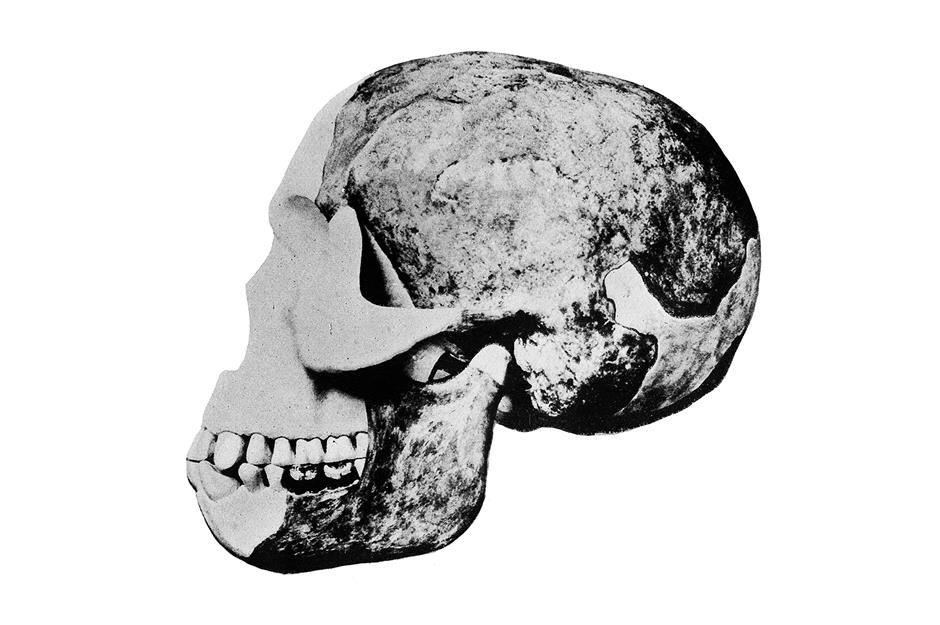
Experts at the time hypothesised that the remains were some 500,000 years old. But new dating techniques in the 1940s identified the fragments as being only 50,000 years old, and in 1953 the reconstructed skull was exposed as a fraud. Not only were the bones nowhere near as old as originally dated, the jawbone was that of an orangutan, much to the embarrassment of the Natural History Museum. In fact, the teeth had been sanded down to resemble those of a human, and parts of bones had been stained to have a more aged appearance. More recent research has shown that Dawson himself was the likely person behind the hoax.
Drake's Plate of Brass
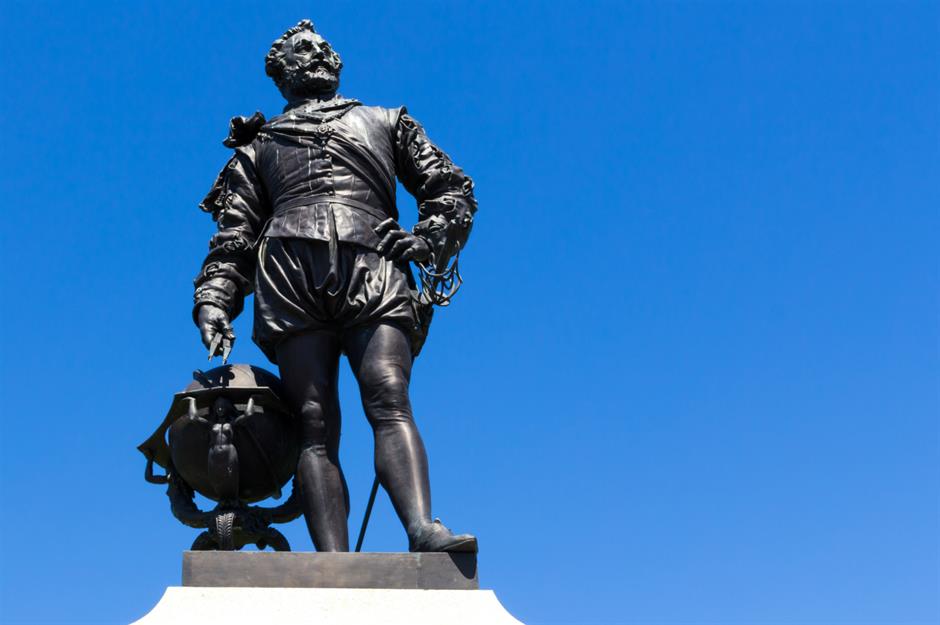
Legend has it that when English sea captain and explorer Sir Francis Drake was circumnavigating the world in 1579, he docked his ship in northern California for a refit. As evidence of his conquest, he nailed a bronze plaque to a post declaring that the land had been surrendered to Elizabeth I. A hole cut into the plate allowed for a silver sixpence, displaying the queen's portrait, to be inserted into it. And in 1936, a man called Beryle Shinn claimed to have found it in Corte Madera Creek in the bay of San Francisco, while he was on holiday.
Drake's Plate of Brass
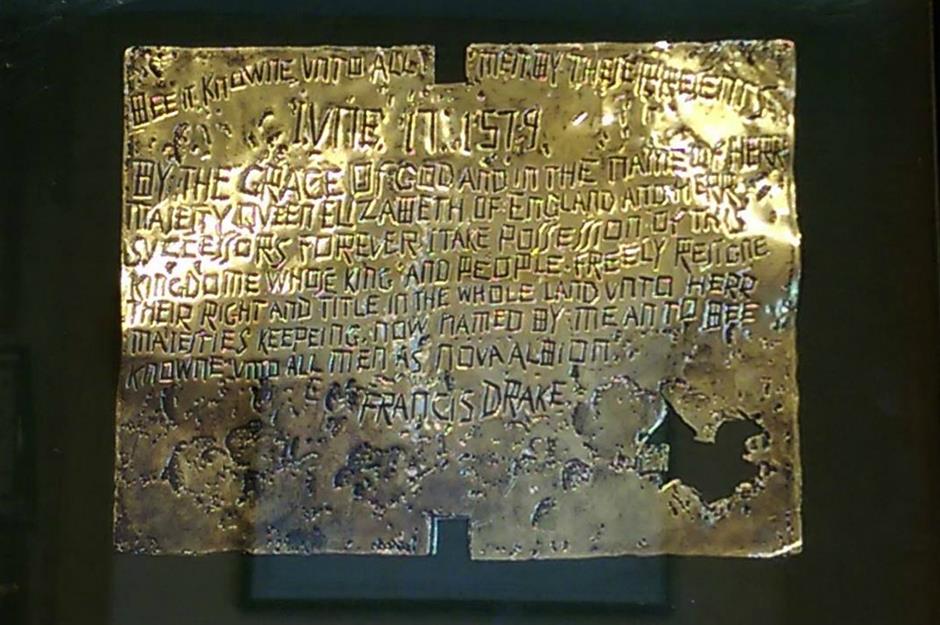
Upon being delivered "Drake's Plate of Brass", Dr Herbert E Bolton, Professor of History at the University of California, declared: "One of the world's long lost historical treasures apparently has been found!" But others remained sceptical over the authenticity of the plaque and in 1976 the metal was tested. These tests showed that the brass was more likely to hail from the 20th century, rather than the 16th, and the Great Lakes rather than the UK. Who made the plate, and why, remains unknown.
Now read about America's great treasures still waiting to be found
Etruscan Terracotta Warriors
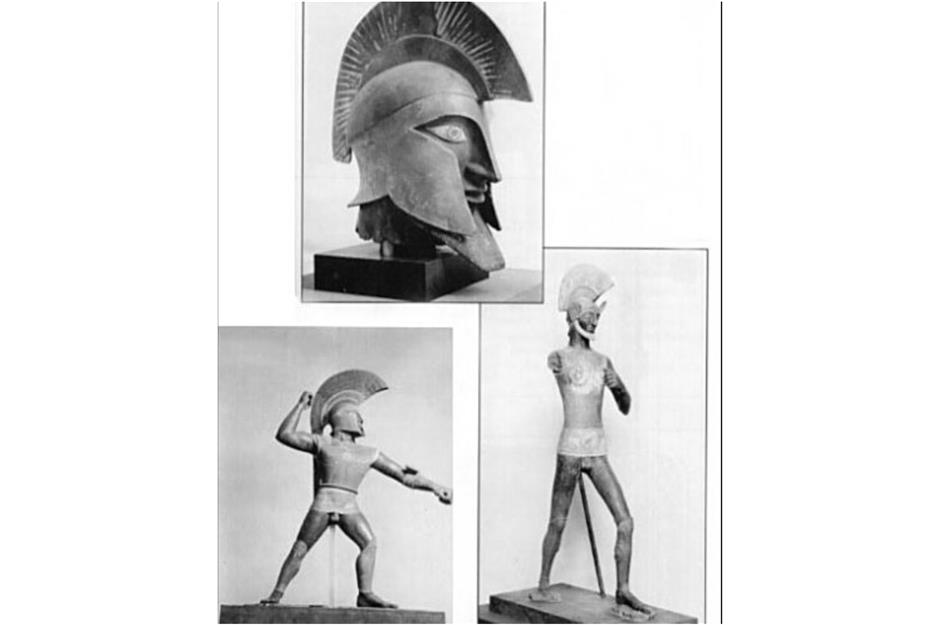
Etruscan Terracotta Warriors
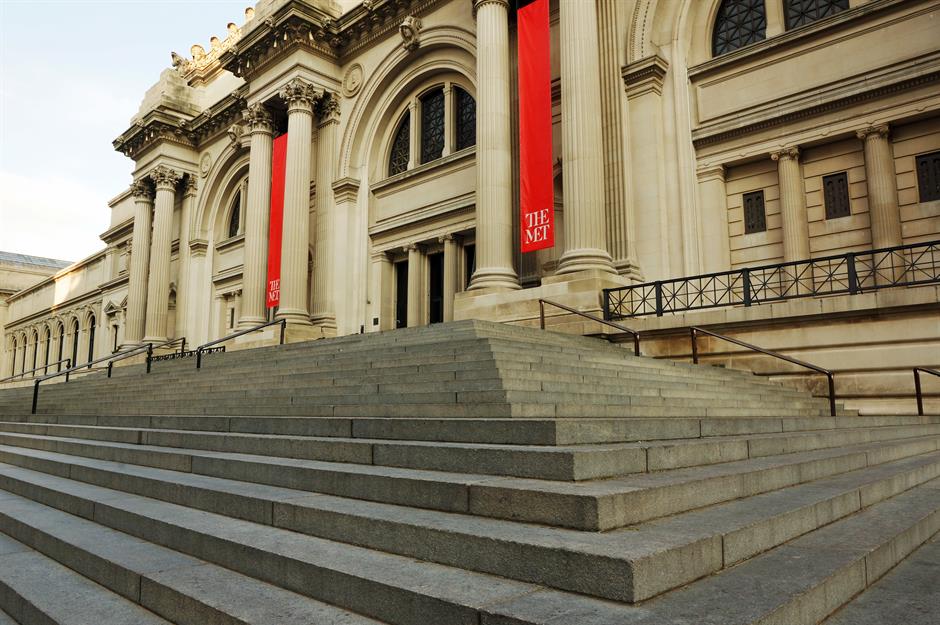
Samuel Palmer paintings

In the early 1970s, 13 paintings by 19th-century English artist Samuel Palmer – the man behind works such as In A Shoreham Garden (pictured) – were put up for auction by art restorer Tom Keating. Palmer, who died in 1881, was particularly hailed for works during what became known as his "Shoreham Period" during which the artist produced landscapes of the Kent village in which he lived between 1826 and 1835.
Samuel Palmer paintings
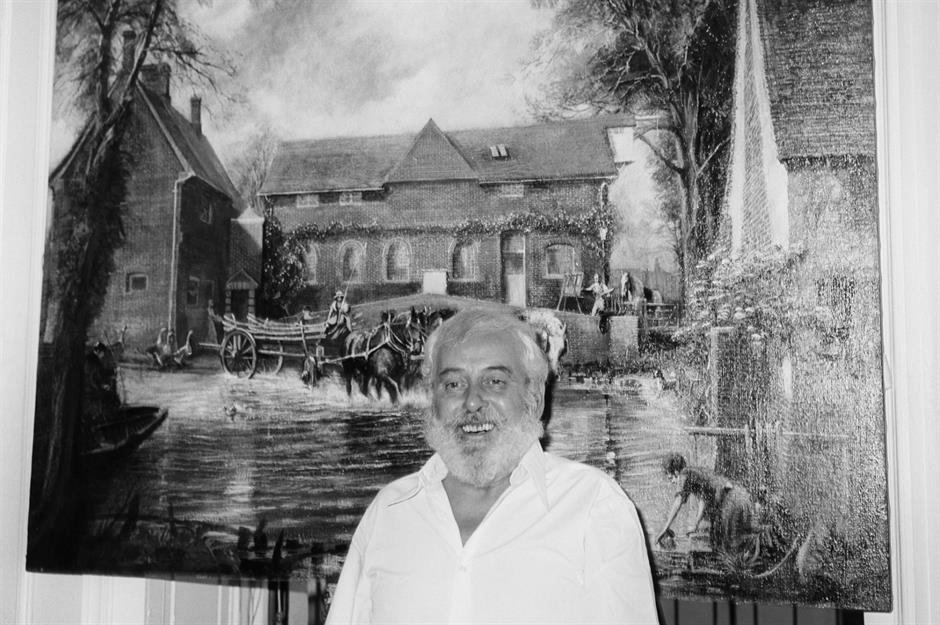
In 1976, The Times journalist Geraldine Norman exposed the Palmer paintings to be fake and Keating (pictured) confessed to having "flooded the market" with versions of works by the Victorian artist and others such as Constable. Keating said he did so as a protest "against the merchants who make capital out of those I am proud to call my brother artists". He was put on trial in 1977 but charges against him were dropped after he was injured in a near-fatal motorcycle crash. He died in 1984.
Mormon forgeries

American con artist Mark Hofmann (pictured) dealt in rare documents connected to The Church of Jesus Christ of Latter-day Saints, having been raised in the religion. It was his extensive knowledge of the church – and in particular scriptures that he knew had never been found – that enabled him to become such a convincing counterfeiter after he secretly gave up believing in God. In 1980, 26-year-old Hofmann claimed he had discovered a long-lost document listing Book of Mormon characters, folded within a copy of a 17th-century King James Bible. He had in fact forged the document, and its ability to hoodwink scholars launched half a decade’s worth of fraudulent finds…
Mormon forgeries
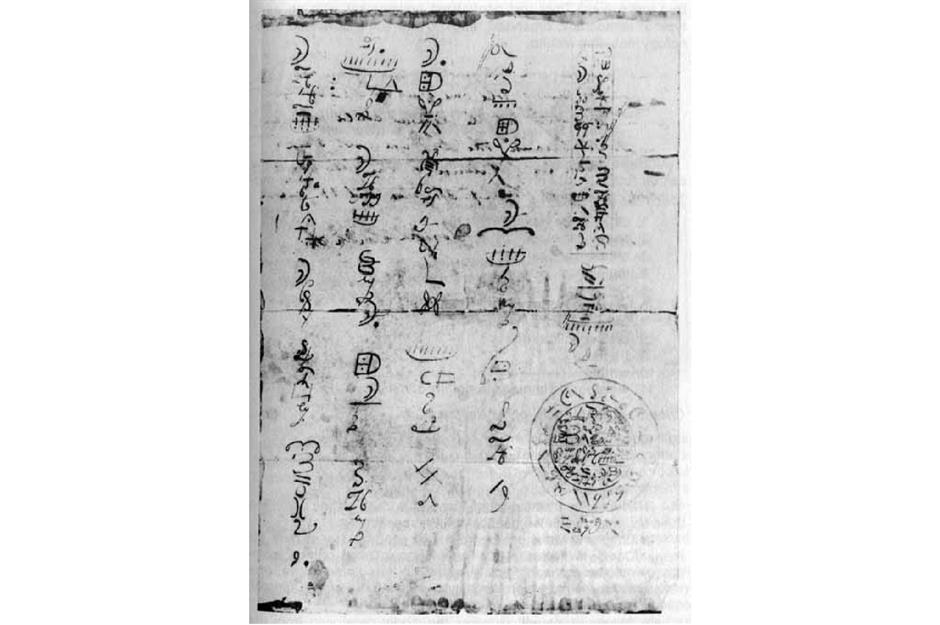
Hofmann was careful in how he created his fakes – he stole paper and other materials from archives, and meticulously recreated postmarks and handwriting to produce convincing documents. The forgeries included documents from American political and literary figures, letters from figures related to the Latter-day Saints Church, such as Joseph Smith and Lucy Mack Smith, and even papers that conjured up controversies about the church’s history. Pictured is a fake Reformed Egyptian document forged by Hofmann. By 1985, the fraudster’s dealings had grown out of control and, fearing he would be caught, Hofmann sent a bomb which killed a collector who was waiting for one of his documents. Hofmann then prepared another two bombs: one killed a different person linked to the documents, while the second exploded in Hofmann's car. Hofmann suvived and went to jail for both the bombings and his forgeries, with the judge recommending he serve a life sentence. The story was documented in this year's Netflix series Murder Among the Mormons.
The Hitler Diaries
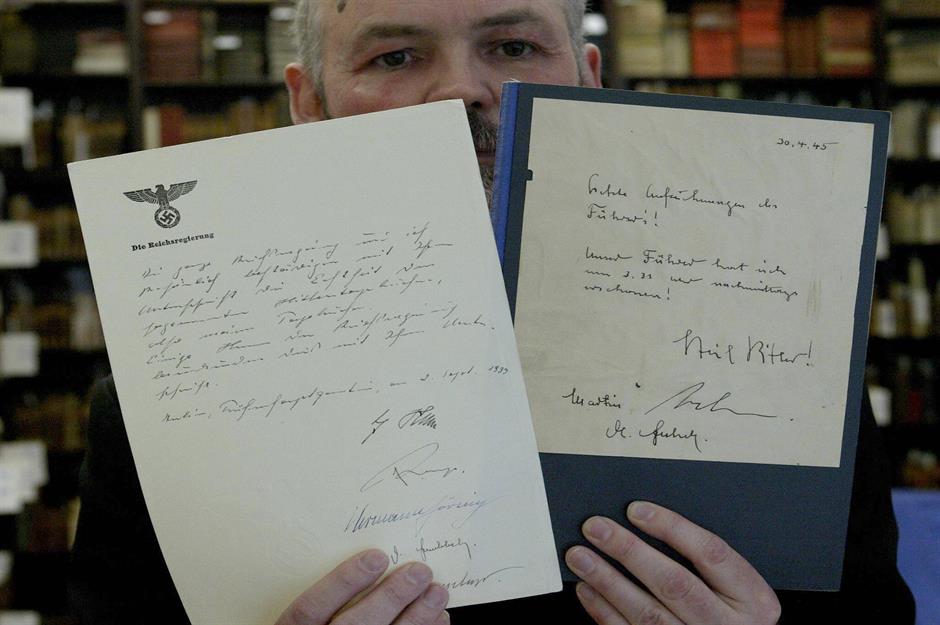
In 1983, German magazine Stern announced its star reporter Gerd Heidemann had located Adolf Hitler's diaries. These handwritten notebooks, which had allegedly been lost since 1945, included accounts of the Nazi leader's most personal details such as his wife Eva Braun's complaints about his bad breath. Stern acquired the "Hitler Diaries" for 9.3 million Deutsche marks, the equivalent of €8.7 million ($9.7m/£7.4m) today, and sold on serialisation rights to other publications including the UK's The Sunday Times.
The Hitler Diaries

Persian Princess Mummy
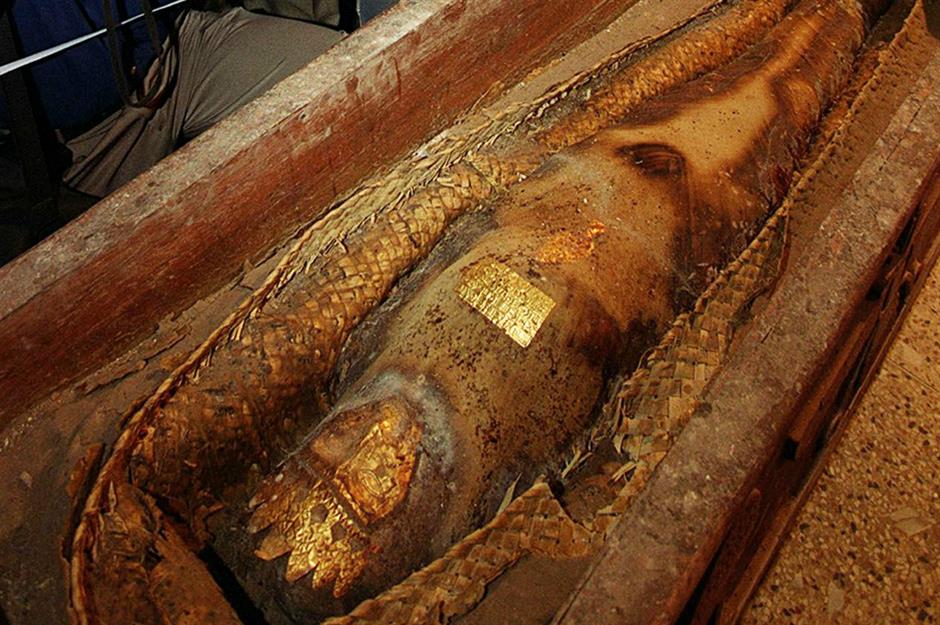
Police in the Pakistani city of Karachi heard of a man trying to sell an ancient mummy on the black market for $35 million back in 2001. The mummy, which was said to have been found in the Baluchistan region near the Iran and Afghanistan borders, was wrapped in an Egyptian style and thought to the 2,600-year-old remains of a Persian princess. Its discovery generated a lot of global interest as mummies are not generally found in Iran.
Persian Princess Mummy

Amarna Princess
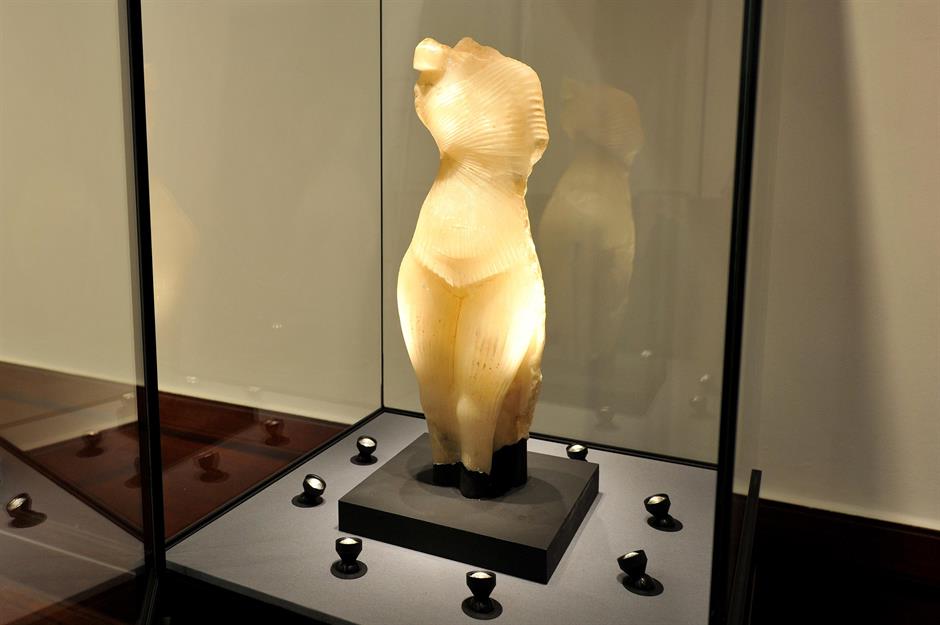
The Amarna Princess was bought by Bolton Council in England for £440,000 in 2003 (the equivalent of £683k/$899k in today's money) after experts verified the statue of the granddaughter of Egyptian King Tutankhamun as genuine. Standing just 20 inches tall, specialists at both auction house Christie's and the British Museum dated the figurine back to 1350 BC ahead of its sale.
Amarna Princess

Captain Kidd's treasure
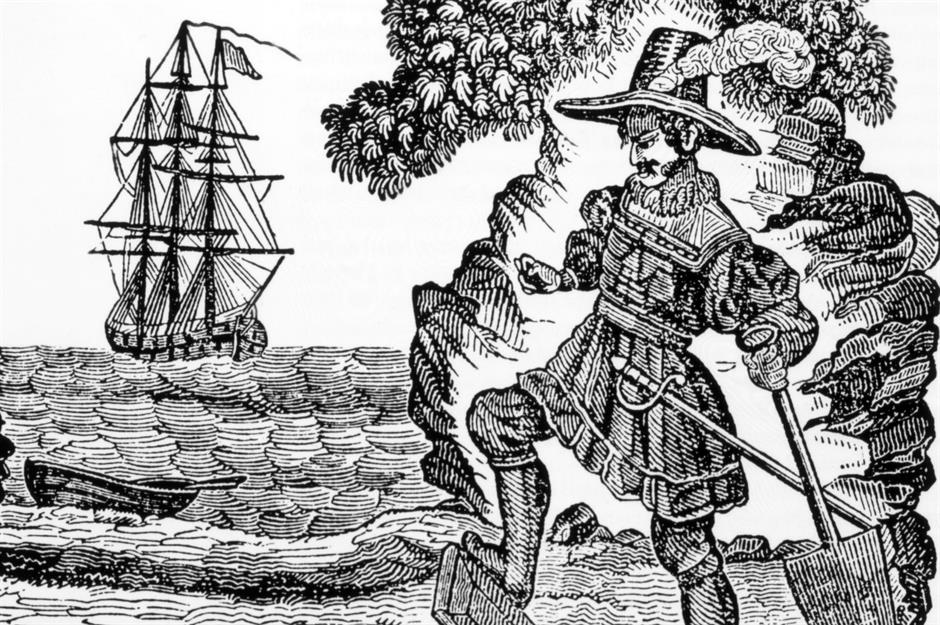
Captain Kidd's treasure
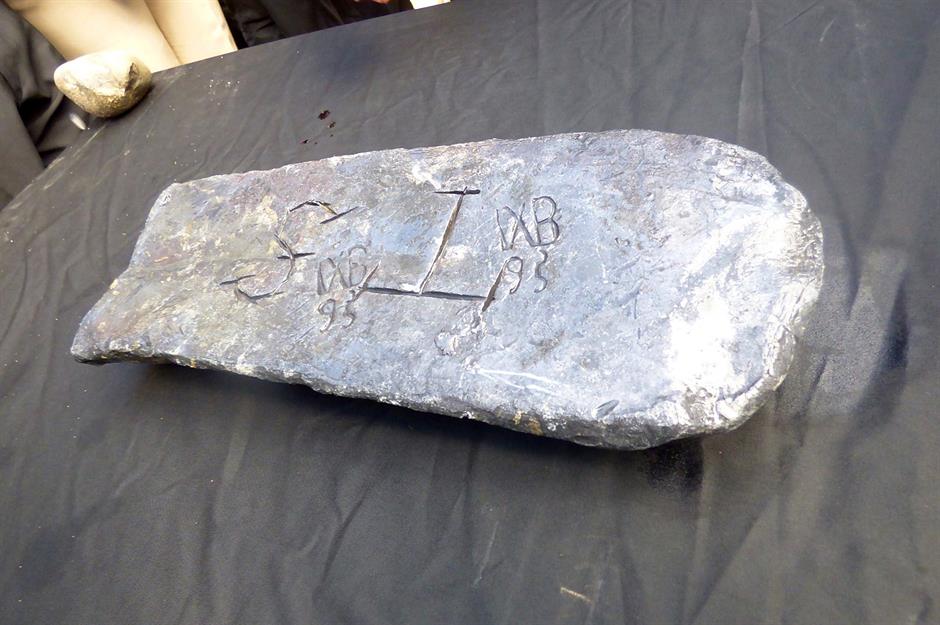
The ingot was presented to Madagascar's president at a special ceremony on Sainte Marie. But just months later, UN cultural body UNESCO poured cold water on the claims, declaring that the "silver" bar was in fact a lead ballast and that the supposed wreck was simply rubble at the bottom of the sea. Clifford's team stood by its claims that the bar was part of a hoard of treasure looted by Captain Kidd, who was tried and executed for piracy in 1701.
It's not the first time Barry has found treasure, read more about him and America's luckiest treasure hunters here
Palace of Versailles chairs
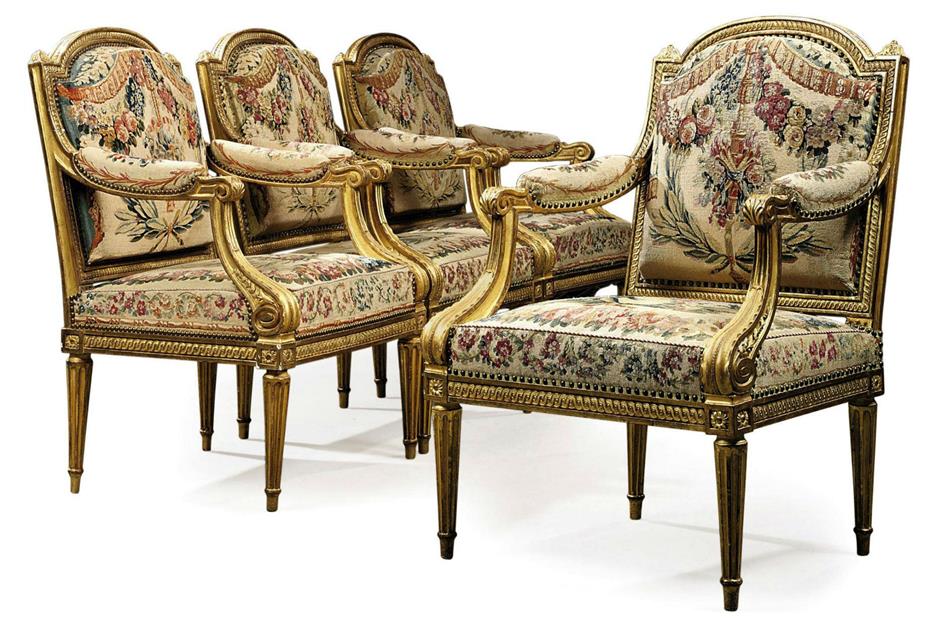
Palace of Versailles chairs

A bottle of rare whisky

A bottle of rare whisky
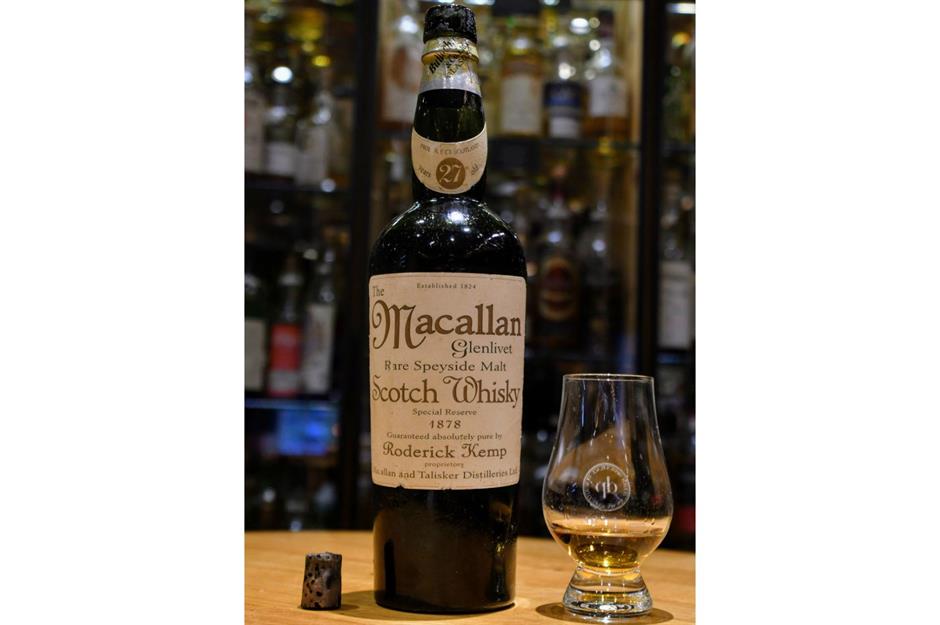
Unsurprisingly, the sale of the expensive nightcap, which is thought to be the highest amount paid for a dram ever, hit the headlines. The attention led several whisky-lovers to approach the hotel, doubting the authenticity of the spirit. The hotel opened an investigation into the bottle of whisky, which was finally exposed to be a fake. In fact, the investigation revealed that the whisky dated back no further than 1970, deeming it almost worthless as a collector's item. Laboratory tests carried out by Tatlock and Thomson showed the spirit was most likely a blended scotch comprised of 60% malt and 40% grain.
Dmitrii Donskoi
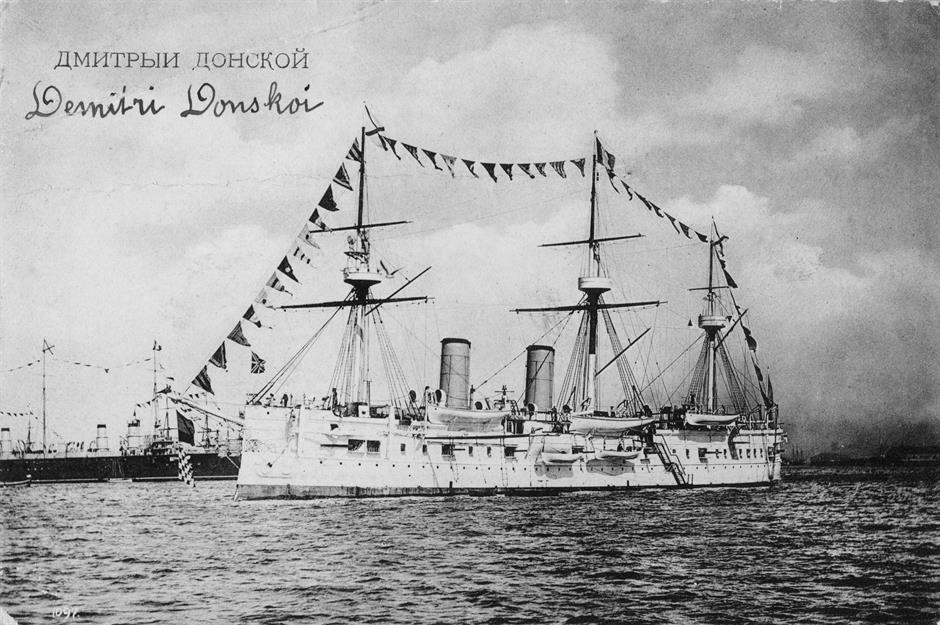
Dmitrii Donskoi
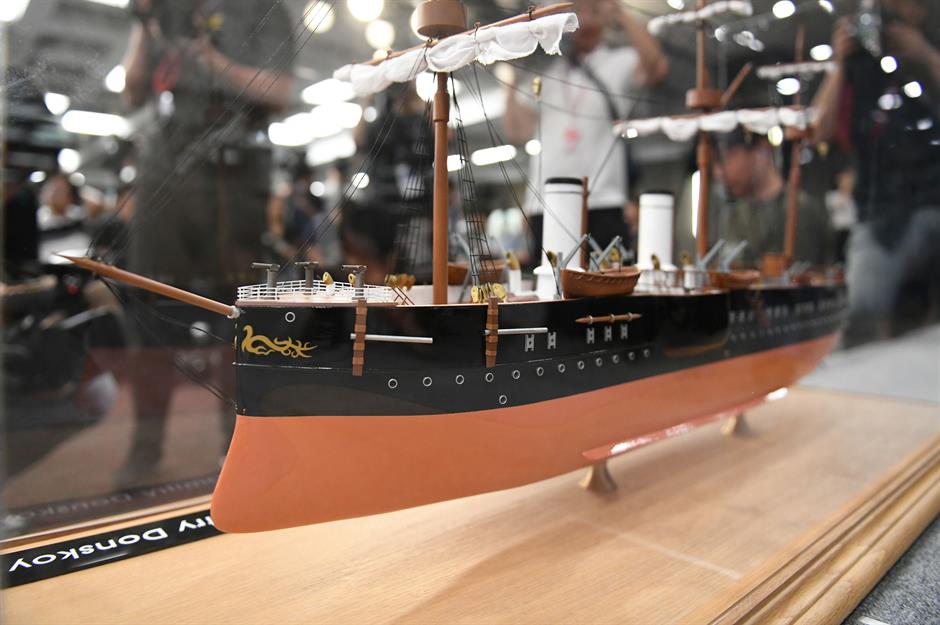
But experts soon raised concerns about Shinil Group's claims, saying Russia would never have put that much money on one vessel. Police investigated amid suspicions that the company made up the discovery in order to boost the shares of a steel company that its executives had invested in. In 2019, the former vice-chairman of Shinil Group was jailed for five years and two other executives were jailed for two and four years respectively for falsely claiming they had found the ship.
Now read about the world's most notorious counterfeiters who made a fortune
The stolen Picasso
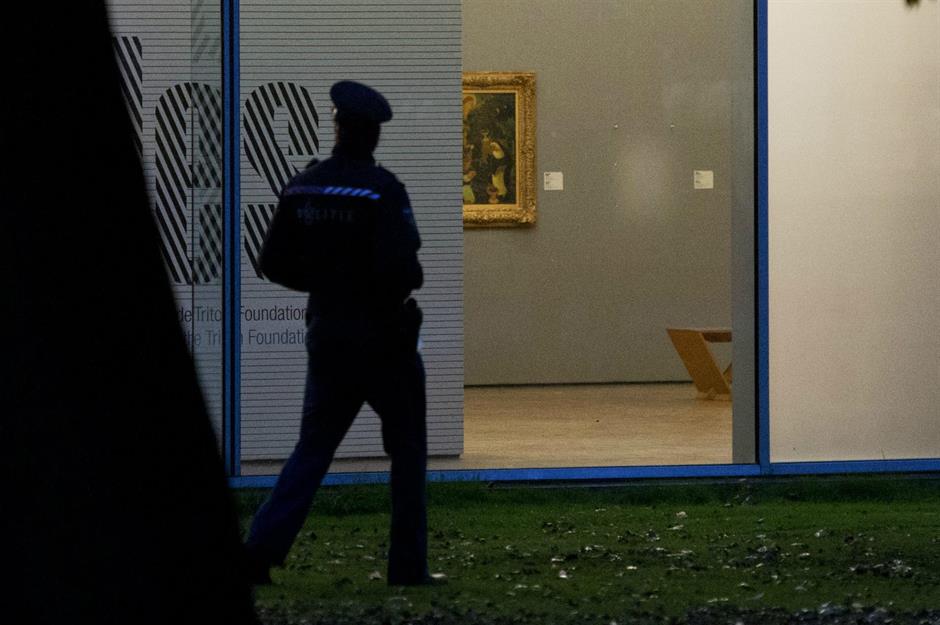
In November 2018, experts thought that the Picasso painting Tete d'Arlequin (Harlequin Head), which had been stolen in an art heist from Rotterdam's Kunsthal in 2012 (its empty wall is pictured) along with six other pieces by artists such as Monet and Matisse, had finally been recovered. Dutch writer Mira Feticu, who had written a novel about the robbery, believed that she had found the missing Picasso in Romania.
The stolen Picasso
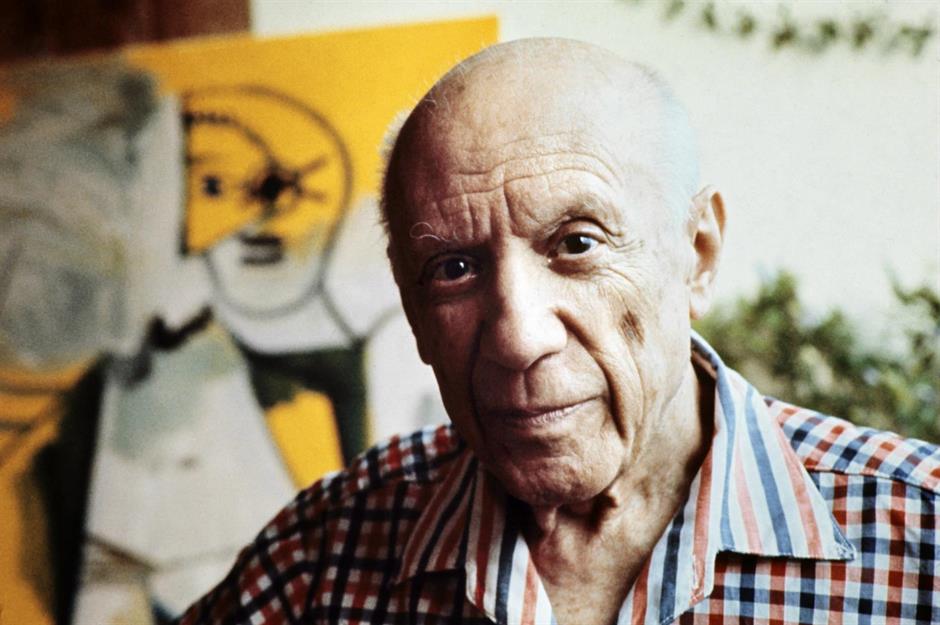
Feticu was duped into thinking that she had found the masterpiece, which is estimated to be worth $912,256 (£710k), after she received a letter with instructions about how to find it. Ten days later she dug up the painting in a Romanian forest. However, two Belgian directors later admitted that they had tricked the writer as part of a project called True Copy, inspired by Dutch forger Geert Jan Jansen, and the painting was merely a good imitation. The location of the genuine missing paintings remains a mystery.
The Vinland map
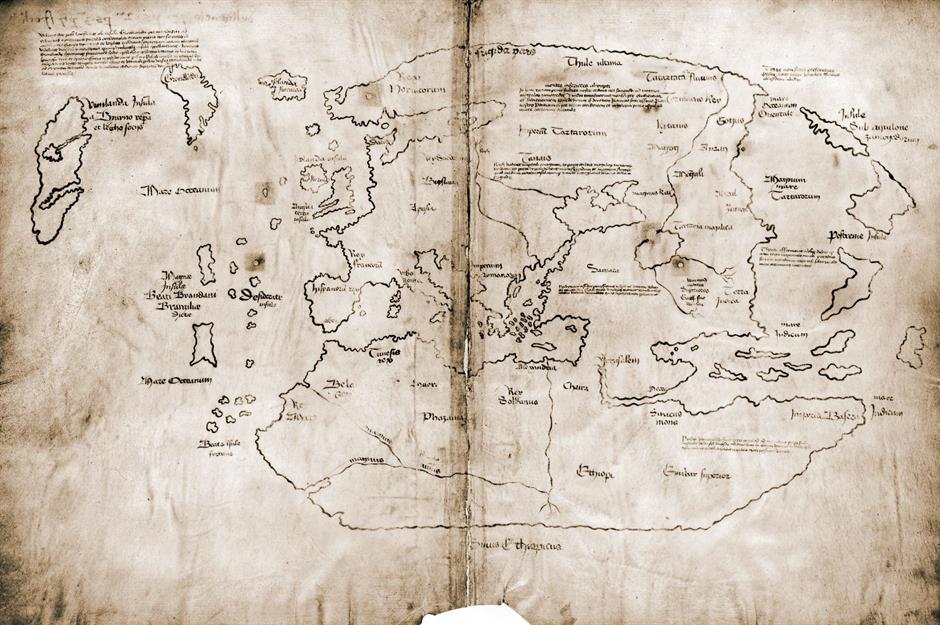
The Vinland map

Although the Vinland map has been housed in Yale's Beinecke Rare Book & Manuscript Library (pictured) since 1965, many academics have doubted its legitimacy. In September 2021, their suspicions were confirmed. Analysis showed that the ink contains titanium, a compound first used in the 1920s. A Latin inscription on the back of the map has been overwritten with the modern ink, suggesting the map was a deliberate deception rather than an innocent drawing. The trickster behind the 20th century forgery, however, remains a mystery.
Comments
Be the first to comment
Do you want to comment on this article? You need to be signed in for this feature